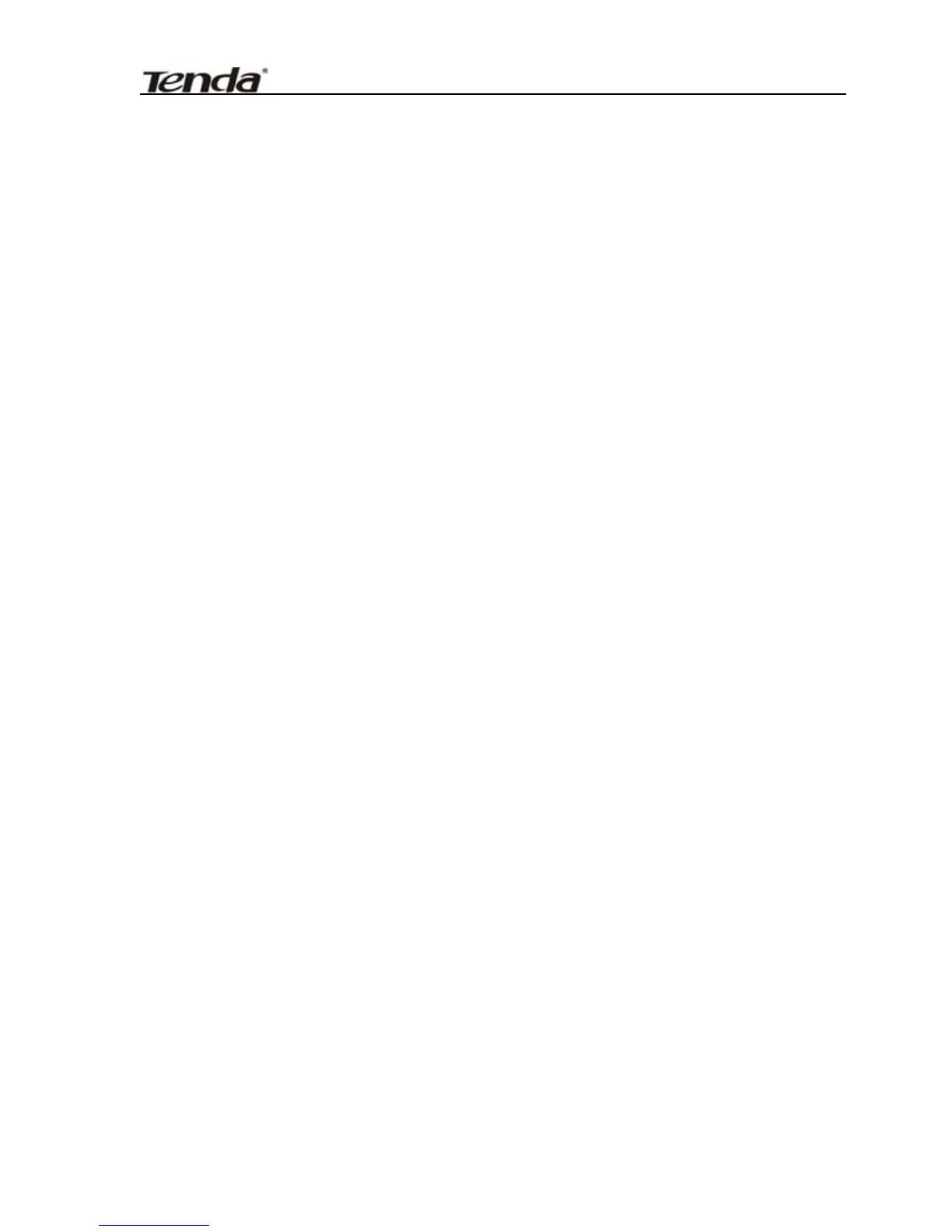24-Port Managed Gigabit Switch
chosen as the root switch. All the other switches in the layer-2
topology expect to see BPDUs the root switch within the maximum
age time, which defaults to 20 seconds. If the switches do not see a
BPDU message from the root within this period, they assume that
the root switch has failed and will begin a new election process to
choose a new root switch.
3. Root Port
After the root switch is elected, every other switch in the network
needs to choose a single port on itself that it will use to reach the
root. The port is called the root port. With STP, there are a few
factors that are taken into consideration when choosing a root port.
First, each port is assigned a cost, called a port cost. The lower the
cost, the more preferable the port is. A path cost is basically the
accumulated port costs from a switch to the root switch. As the
BPDUs propagate further and further from the root switch, the path
costs become higher and higher. After going through this selection
process, the Switch will have one, and only one, port that will be its
root port.
4. Designated Port
Besides each switch having a root port, each segment also has a
signal port that is uses to reach the root. This port is called a
designated port. If there is a segment with two switches connected
to it. Either one or the other switch will forward traffic from this
segment to the rest of the network. Here are the steps that are
taken by switches to determine the designated port:
31

